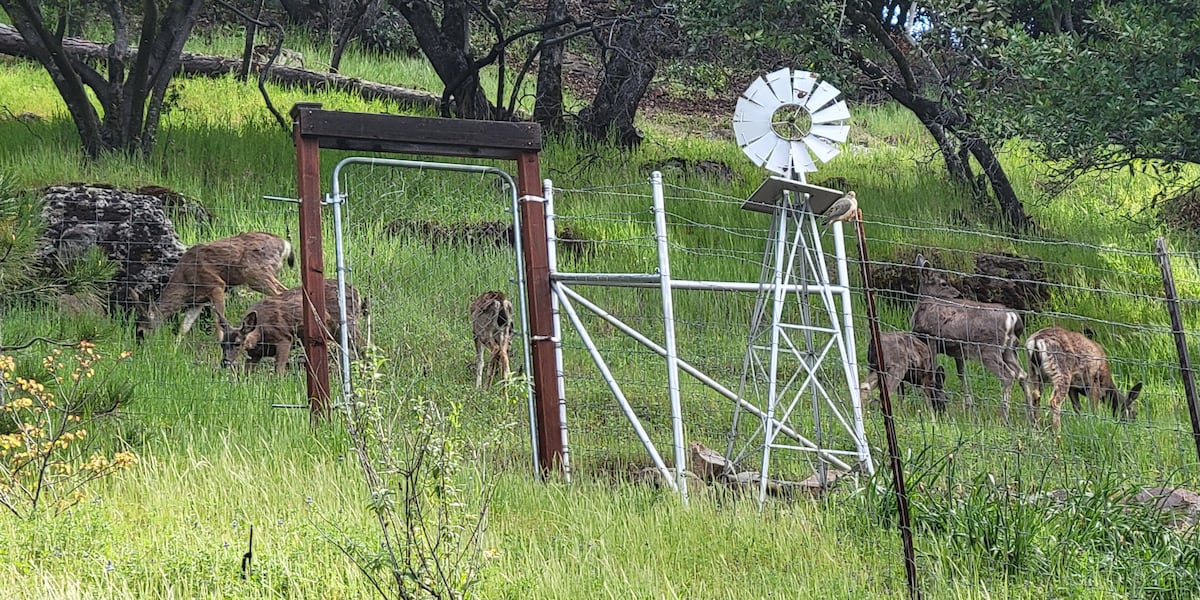
RENO, Nev. (KOLO) – In response to a large number of animal strikes on U.S. Route 395, multiple organizations are working together to set up wildlife crossings.
The wildlife crossing on U.S. 395 will serve as a vital corridor for mule deer, pumas, bears, badgers, gray foxes, and other species in mitigating road-related wildlife mortality and provide safe movement across landscapes.
Caltrans, along with the Department of Fish and Wildlife, have been noticing a larger than normal amount of animals being killed on 395 in the last few years. They may recognize the need but the problem is they don’t know where the structures need to go or how they should be built, so they hired a team to do just that. Mari Galloway, with the Wildland Network, is part of the team tasked with finding where the passage way will be best suited, whether it should go over or under the highway, and design features. To do that, they need to study animal behavior.
“We have been working on researching this stretch of highway for the last couple of years to try and understand where wildlife are moving across the road, and where we might be able to build some of these structures to help them safely get to the other side and help create safe passage for motorists,” Galloway said.
Ahiga Sandoval, a wildlife researcher with Pathways for Wildlife, sets up cameras at both proposed and existing sites to see how the animals use or do not use the passageways. He does this by using a motion activated camera with a dual lens that allows him to take photos and videos simultaneously.
“It could be noise, it could be substrate, it could be visibility. What I mean by visibility is, if an animal approaches a structure and they can’t see through it, they’re less likely to use it. If they can see through it, and it’s inviting, and has a lot of light, they’re more apt to come through,” Sandoval explains.
Sandoval says that ideally, he will get to study these animals for at least three years as each year only gets one winter, summer, spring, and fall.
“For example, when we first started this study, the Dixie Fire happened and was then preceded by a very unusual winter where all the snow was in one to two months. Then we had a really, really, heavy winter last year. If you compare the data from both winters. It’s completely different,” said Sandoval.
Safe passage for animals will obviously help save their lives but there’s also some ripple effects by protecting our native species.
“Here in this particular area, we have a lot of hunters who hunt deer for food every year and they’re noticing a decline so we want to be able to bring them back,” said Galloway.
This particular stretch of road is 50 miles so it’s a lot of ground to cover. John Clerici with the Lassen County Transportation Commission oversees the funding and planning so studying this area is crucial. What he’s found is a unique perspective on how this project can also impact human safety as well.
“They total cars, so you know there’s the average price of the car or truck, they kill the animals which I don’t want to put a dollar amount on that, but that’s not great. People also often go to the hospital so the cost of this can be significant,” Clerici said.
The team is set to research this for at least a few more years before a sight is officially chosen, so it could be 3 to 4 years before we see a passageway built. KOLO 8 will keep you updated as their project moves forward.
Copyright 2024 KOLO. All rights reserved.
